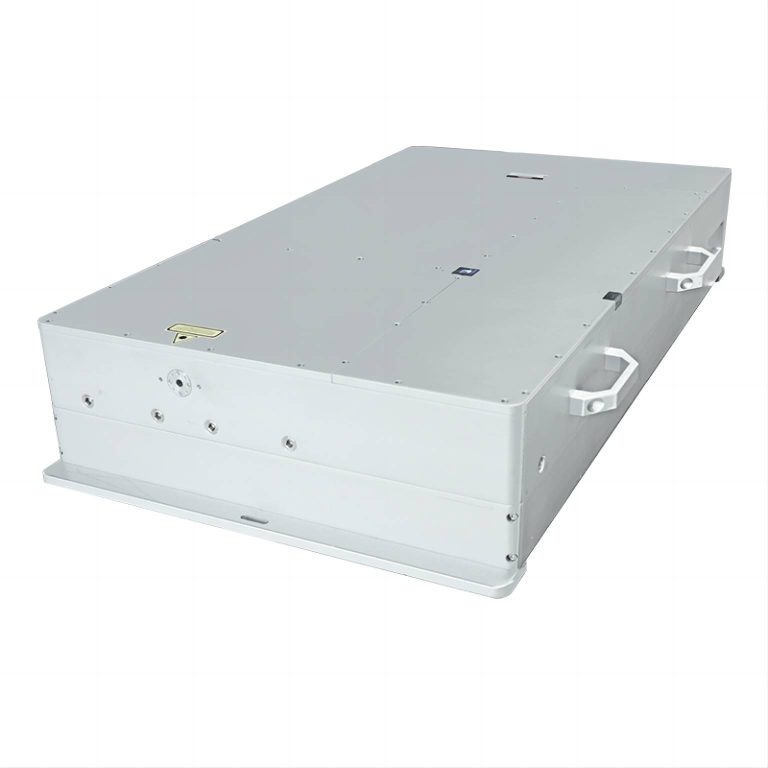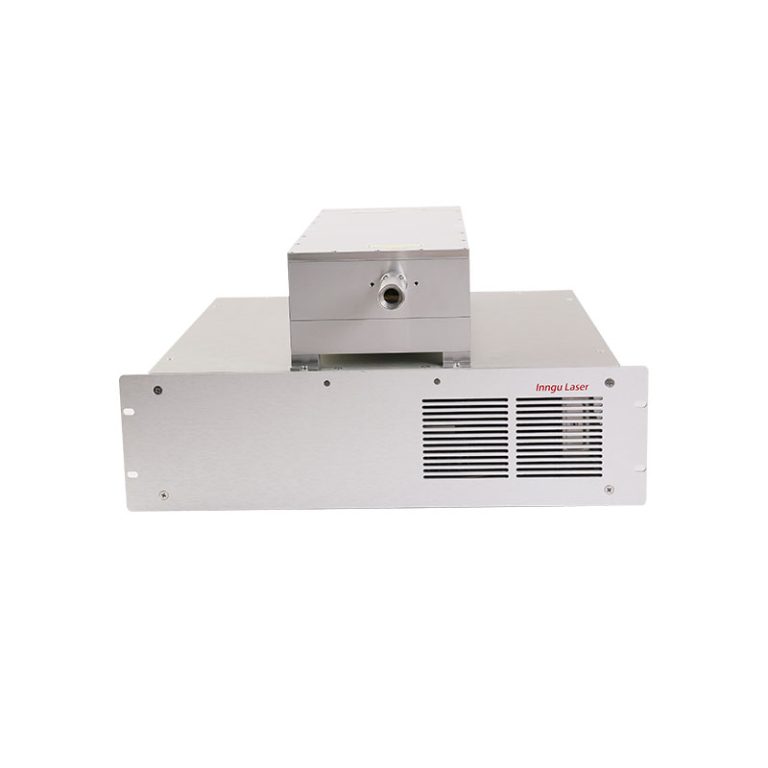The Green Femtosecond Laser, a groundbreaking technological advancement in the realm of lasers, has been a catalyst for innovation across various scientific and industrial fields. With its unparalleled precision and diverse applications, this laser system has permeated numerous sectors, revolutionizing processes and opening doors to new possibilities.
Introduction
The Green Femtosecond Laser, operating in the femtosecond range (1 femtosecond = 1 quadrillionth of a second), emits pulses of light in the green spectrum, typically around 520 to 540 nanometers. Its incredibly short pulses allow for precise material processing without causing heat damage to the surrounding areas. Let’s delve into the wide array of fields where this remarkable technology has found applications.
Medical Applications
Ophthalmology
In the field of ophthalmology, the Green Femtosecond Laser has become indispensable. Its ability to perform precise corneal surgeries, such as LASIK and other refractive procedures, has transformed vision correction. These lasers make highly accurate incisions, improving patient outcomes and minimizing recovery times.
Dermatology
Dermatologists utilize this laser for skin treatments, including tattoo removal, scar revision, and skin rejuvenation. The ultra-short pulses effectively target specific pigments or tissue structures, resulting in minimal scarring and quicker healing.
Microsurgery
The Green Femtosecond Laser has also found its place in microsurgery, enabling intricate procedures with unmatched precision. Surgeons can perform delicate surgeries on tissues and nerves while minimizing collateral damage.
Industrial Applications
Manufacturing
In the manufacturing industry, this laser technology has revolutionized material processing. Its precise cutting and drilling capabilities are utilized in fabricating intricate components for electronics, semiconductors, and medical devices.
3D Printing
Additive manufacturing techniques have benefited immensely from the Green Femtosecond Laser. Its ability to selectively alter materials and build complex structures layer by layer has enhanced the efficiency and quality of 3D printing.
Electronics
The fabrication of microelectronic components requires high precision and minimal heat generation. The Green Femtosecond Laser excels at precisely modifying materials at the micro and nanoscale levels, contributing to the production of advanced electronic devices.
Scientific Research
Ultrafast Spectroscopy
The ultra-short pulses emitted by the Green Femtosecond Laser have revolutionized ultrafast spectroscopy, a crucial tool in scientific research. This technique allows scientists to study incredibly rapid processes at the atomic and molecular levels. By employing femtosecond lasers, researchers can track chemical reactions, investigate molecular dynamics, and explore the properties of materials with exceptional temporal resolution.
Quantum Physics and Optics
In quantum physics, the precise control provided by femtosecond lasers is invaluable. Researchers utilize these lasers to manipulate and observe quantum systems, studying phenomena such as coherence, superposition, and entanglement. This technology aids in the development of quantum computers, quantum communication, and quantum information processing.

Material Science
In material science, femtosecond lasers enable the manipulation of materials at unprecedented scales. Researchers can modify material properties, engineer nanostructures, and investigate the behavior of matter under extreme conditions. This knowledge is pivotal for developing advanced materials with tailored properties for various applications.
Environmental Science
Atmospheric Studies
Green Femtosecond Lasers have found applications in atmospheric studies, contributing to a better understanding of atmospheric components and dynamics. These lasers aid in remote sensing techniques, allowing scientists to analyze aerosols, trace gases, and atmospheric pollutants. By studying atmospheric behavior with high precision, researchers can monitor environmental changes and contribute to climate research.
Remote Sensing and LiDAR
Laser-induced remote sensing techniques, such as LiDAR (Light Detection and Ranging), utilize femtosecond lasers for precise and detailed mapping of terrain, vegetation, and land use. These tools facilitate environmental monitoring, ecosystem analysis, and urban planning. LiDAR-based studies assist in assessing deforestation, monitoring biodiversity, and understanding landscape changes due to human activities and natural phenomena.
Advancements and Future Prospects
Biomedical Imaging
The Green Femtosecond Laser’s role in biomedical imaging is an area with immense potential. Utilizing its high-resolution imaging capabilities, researchers can delve deeper into cellular structures and observe biological processes in unprecedented detail. This aids in understanding diseases at the molecular level and developing targeted therapies.
Nanotechnology
Nanotechnology benefits significantly from the precision of the Green Femtosecond Laser. Researchers use it to manipulate nanoparticles, fabricate nanostructures, and study nanomaterial properties. These applications are pivotal in advancing nanoelectronics, nanomedicine, and other nanotechnology-based fields.
Quantum Computing
In the realm of quantum computing, femtosecond lasers play a role in manipulating qubits and enabling the development of quantum processors. Their precision in controlling quantum states is crucial for building reliable and efficient quantum computers.
Ethical Considerations and Safety Measures
The widespread adoption of Green Femtosecond Lasers also prompts discussions around ethical implications and safety measures. Ensuring safe usage, preventing misuse, and considering environmental impacts are critical aspects that demand attention as these technologies become more prevalent.
Conclusion: The Future Landscape
In conclusion, the Green Femtosecond Laser stands as a hallmark of cutting-edge technology, influencing multifaceted domains and propelling innovation across scientific, industrial, and medical fields. Its precision, speed, and versatility have opened doors to groundbreaking research and applications, shaping a future where its impact continues to expand.
As we navigate the ever-evolving landscape of technology, the Green Femtosecond Laser remains a beacon of advancement, continually pushing boundaries and unlocking new possibilities. The collaboration between scientists, engineers, and innovators ensures that these lasers will continue to transform industries and drive progress, ultimately contributing to a more connected and technologically advanced world.


